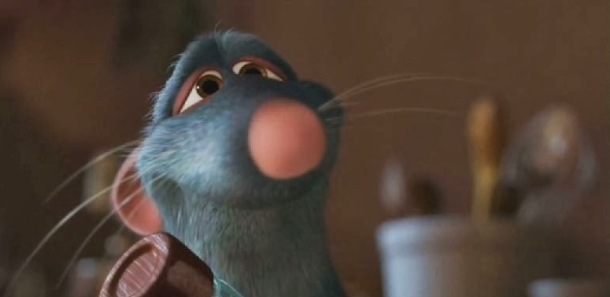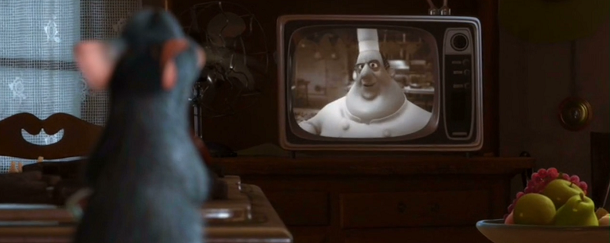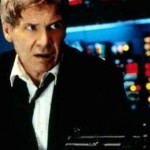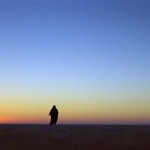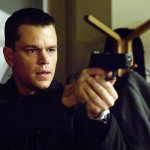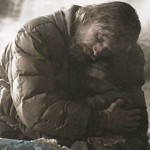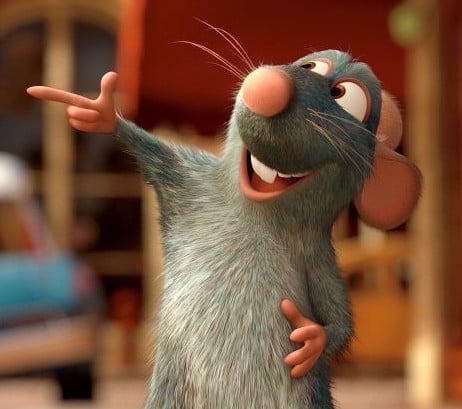 This post’s about something that first came to my attention almost a year and a half ago, so it’s not exactly timely. But it’s so cool, I haven’t been able to get it out of my head. And so, just in case there are some who missed the bandwagon last February, I’m going to mention it again.
This post’s about something that first came to my attention almost a year and a half ago, so it’s not exactly timely. But it’s so cool, I haven’t been able to get it out of my head. And so, just in case there are some who missed the bandwagon last February, I’m going to mention it again.
As any number of friends who are (foolishly) willing to watch films with me can (sadly) tell you, I’m a bit obsessed with dolly zooms. Basically, I’m like Dug in Up. Except I get Uber-Excited-And-Totally-Distracted about the zooms, not squirrels. (I don’t care about squirrels at all, come to think of it.)
I think it’s because almost everyone recognizes some weird’s happening when they see one, but they’re not quite sure what’s going on. And I like to make myself look as smart as possible whenever I get the chance, so I always jump at the opportunity to explain what’s going on. (Wait. Did I just say that last part out loud? Oops.)
Anyway, you can imagine what happened when I stumbled across this:
Did you catch it? Right around the 20-second mark? (If you don’t see it yet, play it again and pay attention to the subtitles.)
That clip is the featured player in a fantastic post from Todd Vaziri’s FXRant blog (inspired by this almost-equally awesome post, “Evolution of the Dolly Zoom”). As a quick scan through the blog will attest, ILM’s Vaziri is a bit of an expert on Ratatouille, so when he says that he was unable to find a reference to the zoom anywhere on the InterWebs prior to his piece, I believe him. In hindsight, it’s not particularly surprising, because the most interesting thing about that particular dolly zoom (aside from the fact that it’s there at all) is that it’s almost impossible to notice. And
that’s not just rare, it’s highly revealing.
See, one of the things I like so much about the dolly zoom is that it can have an enormous emotional impact on the viewer. But in the vast majority of instances, that impact is achieved in no small part through its obviousness. All of a sudden, something very strange and very different (and very disconcerting) happens, and we viewers start looking around for why. But as Vazari notes, Bird’s use is very, very subtle. In fact, he sort-of tacks it onto the end of a regular dolly, so noticing it is almost impossible. There’s no way I’d have noticed it myself without help, but that would pop the whole “Joseph’s a dolly zoom expert” narrative, so I’m not going to admit it publicly. (Wait. Did I just say that last part out loud? Oops.)
Here’s Vazari:
The technique is generally used as punctuation (usually an exclamation point), screaming “The characters are going through something significant RIGHT NOW!” In this scene from “Ratatouille”, the dolly zoom is simply part of the mise-en-scène and not the focus of the shot. Like the editing, costumes, and the lighting, the dolly zoom is not meant to be seen, but felt.
In other words, this dolly zoom is something Brad Bird uses because he wants his audience to respond to that moment in a very particular way. But he doesn’t care if his viewers to notice the technique that’s making them feel that way. In fact, I suspect that he actually does not want them to notice. It’s not flashy, but it sure is effective . Even more accurately? Not flashy and therefore, effective.
The flashiness, he saves for Ego.
Bonus: Not satisfied with a single blog post on Pixar’s use of the dolly zoom? That’s OK, because PixarTimes has another. BOOM!
Footnote: Interested in following Summa This, Summa That on Facebook? I can help with that. BOOM!
Attribution(s): All stills are the property of Pixar Animation Studios and other respective production studios and distributors, and are intended for editorial use only.

